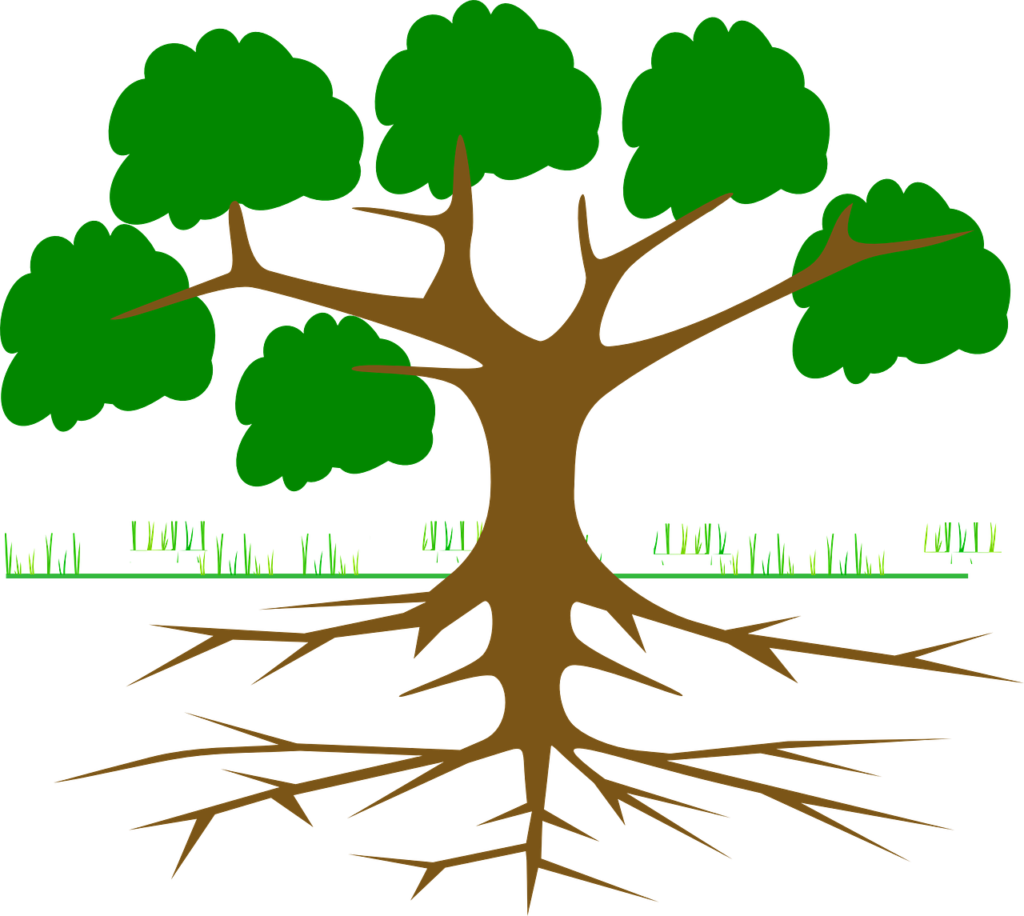Imagine this scenario: you’re enjoying your morning coffee when suddenly, your toilet starts backing up. You call a plumber, and after inspecting your sewer line, they break the news—tree roots have invaded your pipes. It’s a homeowner’s nightmare, and unfortunately, a common one. Trees and sewer lines might seem like an unlikely duo, but beneath the surface, they can spell trouble.
The Unseen Enemy Below
Trees are a wonderful addition to any yard, providing shade, beauty, and even increasing property value. However, their underground roots pose a significant threat to sewer pipes. Tree roots are naturally drawn to sources of water and nutrients, and your sewer lines are the perfect target.
Sewer pipes, usually filled with moisture and organic matter, attract tree roots seeking sustenance. These roots can penetrate even the smallest cracks in the pipes, slowly growing larger over time. As they expand, they can cause blockages, leaks, and even complete pipe collapses.
Signs of Trouble
Knowing the signs of tree root intrusion is crucial for homeowners. Here are a few red flags to watch out for:
Slow Draining: If you notice that sinks, toilets, or tubs are draining more slowly than usual, it could be due to root intrusion blocking the flow.
Multiple Clogs: Frequent clogging in different drains throughout your home may indicate a systemic issue, possibly caused by roots.
Unusual Yard Growth: If you notice lush patches of grass or unexpected tree growth in your yard above your sewer line, this could be a sign of excess moisture from a leaking pipe.
Foul Odors: Sewer gas smells coming from drains or the yard could signal a break or crack in the sewer line.
Prevention and Solutions
While trees and sewer lines can coexist, it’s essential to take proactive measures to minimize the risk of root damage:
Strategic Planting: When landscaping, avoid planting trees near sewer lines. Consult with an arborist or landscaper to choose tree species with less invasive root systems.
Regular Maintenance: Schedule routine inspections of your sewer lines by a professional plumber. They can use cameras to check for root intrusion and address issues before they escalate.
Root Barriers: For existing trees close to sewer lines, consider installing physical root barriers underground. These barriers can help redirect roots away from pipes.
Chemical Treatments: Some chemical treatments can discourage root growth in sewer pipes. However, these should be used cautiously to avoid harming trees or contaminating the environment.
Hydro Jetting: Hydro jetting is a method of cleaning sewer pipes using high-pressure water. It can help remove roots and debris from pipes, restoring proper flow.
As a homeowner, being aware of the potential risks posed by trees to your sewer system is key to preventing costly repairs and inconveniences. By taking proactive steps like strategic planting, regular maintenance, and employing preventative measures, you can mitigate the threat of tree root intrusion. Remember, while trees enhance our surroundings, they can also cause hidden problems—so stay vigilant and keep your sewer lines clear of unwanted root invaders.

